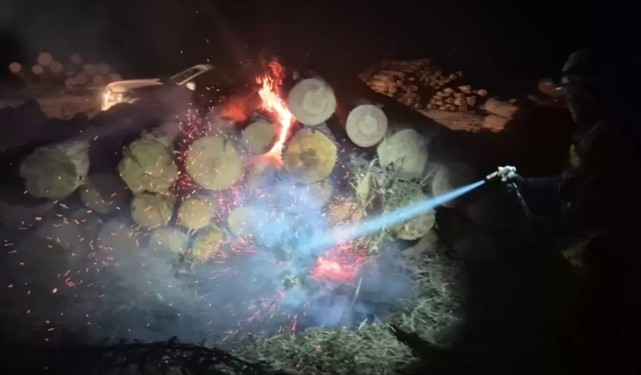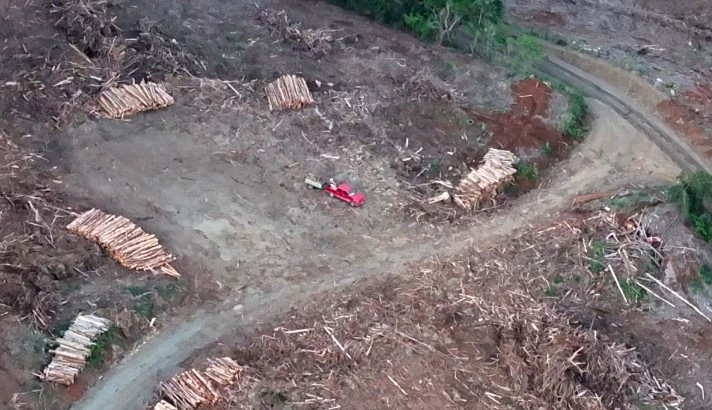UNESCO Researchers Demonstrate That Forests and Forest Plantations Have Halted Desertification in Chile
In 2014, Roberto Pizarro, director of the UNESCO Chair in Surface Hydrology at the University of Talca, noticed something didn’t add up in his measurements. He was studying the behavior of rivers and underground water tables in central Chile but observed that in all high-altitude areas with forests—even monoculture plantations like pine or eucalyptus—water availability was barely affected. "Despite the drought, trends were even positive in these areas," recalls Pizarro.
The finding intrigued him so much that he decided to conduct an extensive study titled *The Large-Scale Effect of Forest Cover on Long-Term Streamflow Variations in Mediterranean Basins of Central Chile*. The research involved 10 experts from UNESCO, Chile, and the United States, who analyzed data from Chile’s General Water Directorate (DGA) on the behavior of the country’s 42 main basins between 1994 and 2015, spanning the O’Higgins to Los Ríos regions. The researchers concluded that basins in forested areas were largely unaffected by water scarcity.
The study was published last month in the prestigious scientific journal *Sustainability*. The report explains how forests help capture rainwater to replenish underground aquifers and rivers, preventing water loss or mudslides—unlike what happens in desert areas with little vegetation.
"I’m neither for nor against forestry companies, but I believe we must rely on scientific evidence. What we’ve proven is that in central Chile’s forests—both native and plantations—water from winter rainfall is better retained. In other words, pine trees don’t drink groundwater; they replenish it," says Pizarro.
He elaborates: "Chile has a Mediterranean climate with very distinct wet and dry seasons. In winter, a tree’s water demand is much lower than in summer, so the water absorbed through their micropores goes entirely into aquifers and streams."
The study was based on the hypothesis that most rainfall in forested basins moves slowly through the ground due to physical barriers (organic matter), reducing surface runoff.
Pablo García-Chevesich, a professor at the Colorado School of Mines' Department of Civil and Environmental Engineering and a member of UNESCO’s Intergovernmental Hydrological Program, also participated in the study: "In central Chile, where rain is concentrated in winter, forested areas draw water mainly from soil moisture—not aquifers or rivers, as assumed in most countries and previously believed here."
The hydrologist explains: "This study confirms that forests’ large-scale impact on water resources is far more complex than thought. Declining aquifer levels are mostly due to increased consumption by other sectors and climate change." He cautions that despite the breakthrough, each case must still be analyzed individually.
Given the evidence, the question is obvious: Could reforesting deserts help combat drought? García-Chevesich believes so. "Absolutely. We’re fortunate to have an unusual climate where rain falls in winter. Mitigating climate change effects requires native-species afforestation in high-altitude areas, away from water tables, to maximize aquifer recharge and basin water production."
He cites global examples: "China assigned 60,000 soldiers solely to plant trees since the late 2000s, reforesting 3.6 million hectares by 2021. Africa’s *Great Green Wall* is a 7,775 km long, 15 km wide green belt from Senegal to Djibouti. India impressively planted 66 million trees in just 12 hours in 2017." These cases, he says, prove tree planting is already a tool for improving rainwater capture.
"It’s essential to significantly increase current afforestation budgets, using the Miyawaki mini-forest method combined with hydrogels to maximize growth and survival while minimizing costs and irrigation water," asserts García-Chevesich.
With this evidence, Pizarro calls for rethinking water policies: "Projections must be based on real studies and data, not ideologies. Many believe pines erode and dry out land, but we’ve proven otherwise."
Source:latercera.com

















